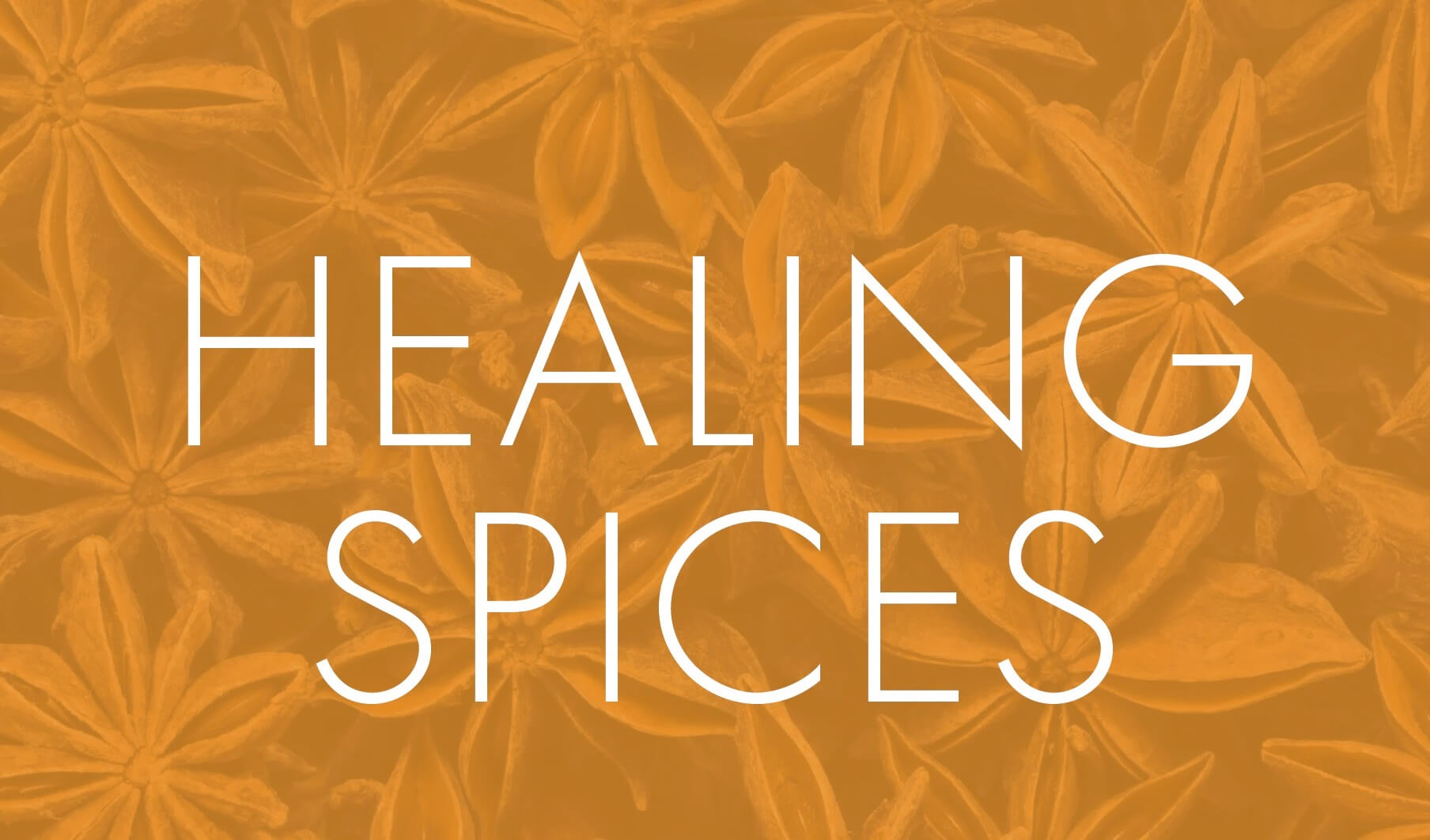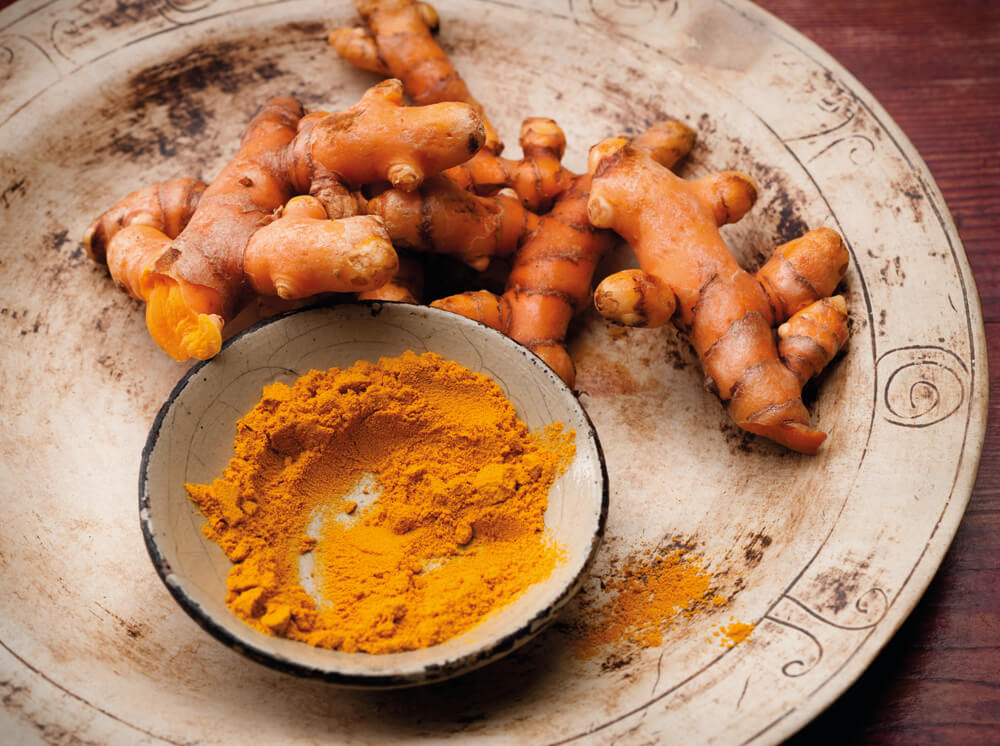
Spice Up Your Life!
Are you lacking a bit of spice in your life? Add an abundance of flavour


Are you lacking a bit of spice in your life? Add an abundance of flavour

This article is an extract from Mighty Spice Cookbook by John Gregory-Smith. Also called ‘Indian

Watkins Media Limited
Shepperton House unit 11
89 Shepperton Road
London, England
N1 3DF

Watkins Media Limited
Shepperton House unit 11
89 Shepperton Road
London, England
N1 3DF